The True Cost of Ownership: Factoring Maintenance and Downtime in Steel Coil Packing Lines
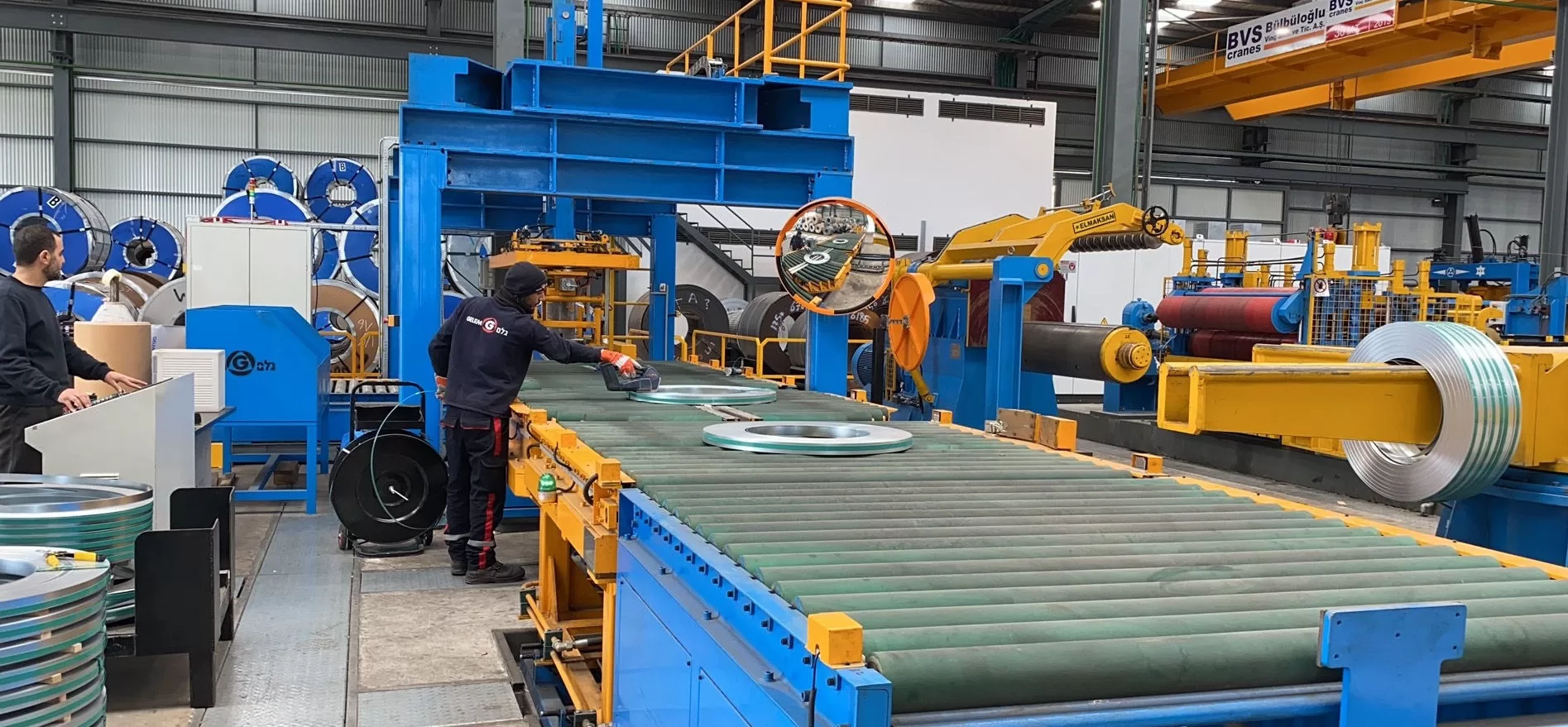
Acquiring a steel coil packing line represents a major capital expenditure for businesses in heavy manufacturing and logistics. While the initial purchase price is a primary consideration, understanding the true cost of ownership (TCO) is vital for long-term operational success. Over the equipment's lifespan, often overlooked costs associated with maintenance and operational downtime can accumulate, significantly impacting productivity and overall profitability.
This article provides an in-depth analysis of how maintenance schedules, unexpected equipment breakdowns, and resulting downtime contribute to the total operational cost of a steel coil packing line. By thoroughly examining these critical factors, businesses can make more informed investment decisions and optimize the value derived from their packing line assets.
1. What Is the True Cost of Ownership (TCO)?
The true cost of ownership (TCO) encompasses the total expenses associated with acquiring, operating, and maintaining a piece of equipment throughout its entire service life, extending well beyond the initial purchase price. For a steel coil packing line, a comprehensive TCO calculation must include:
- Initial Investment Cost: The upfront expense for purchasing the machinery and associated installation costs (foundation, utilities, integration).
- Maintenance Costs: Expenses related to routine servicing, replacement parts, lubrication, calibration, and implementing preventive maintenance programs.
- Downtime Costs: Quantifiable losses in revenue and productivity incurred when the packing line is non-operational due to planned or unplanned stoppages.
- Energy Consumption: The ongoing cost of electricity, compressed air, or other utilities required to operate the equipment.
- Operational Efficiency: How effectively the machine integrates into the existing workflow and its impact on throughput, labor requirements, and material usage.
- Training Costs: Expenses associated with training operators and maintenance personnel.
- End-of-Life Costs: Potential costs for decommissioning or disposal of the equipment.
Focusing on these lifecycle costs, rather than solely the initial price, enables businesses to anticipate future expenditures, avoid unexpected financial strain, and ultimately maximize the return on their investment.
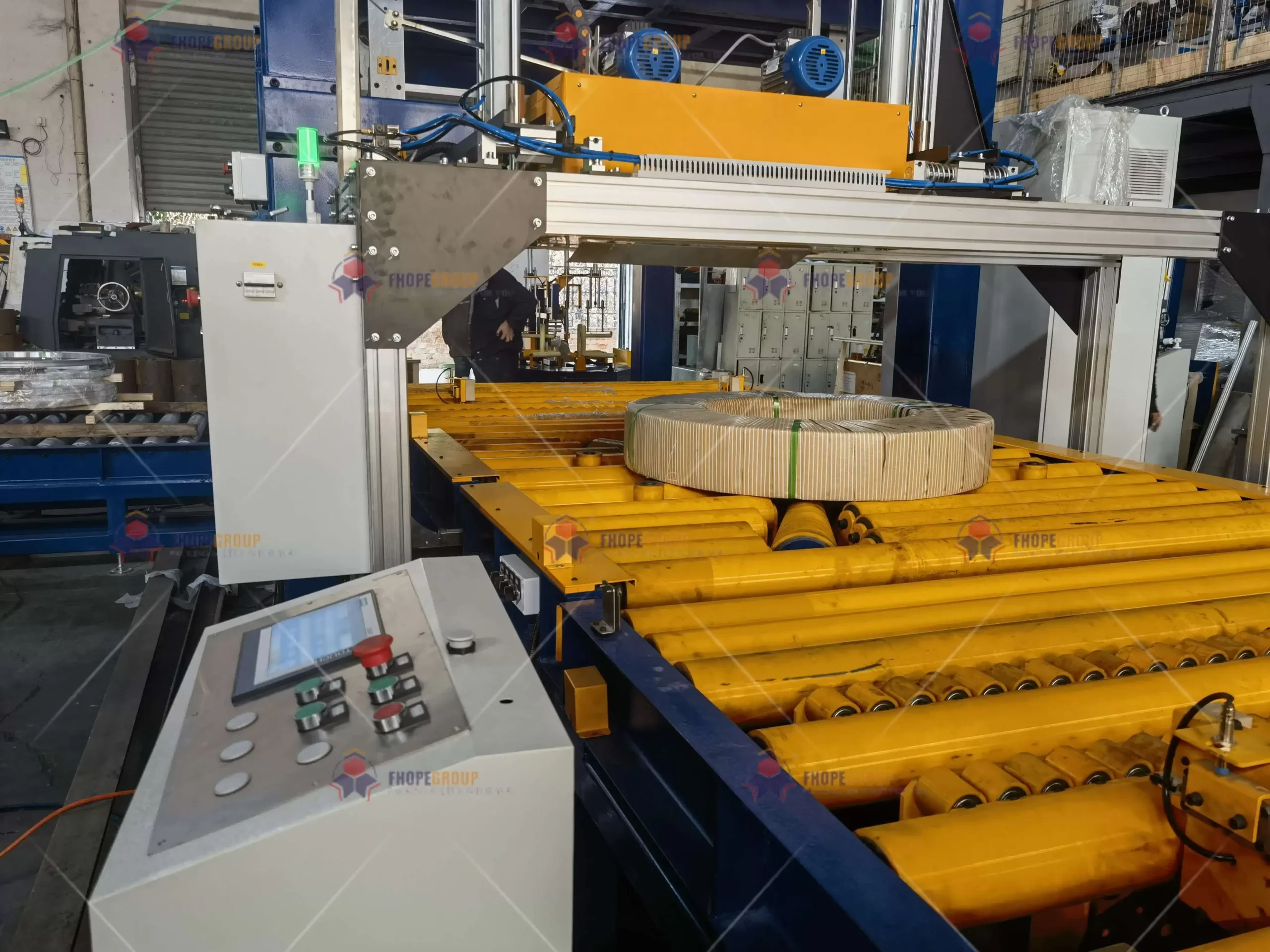
2. The Critical Role of Maintenance in Steel Coil Packing Lines
Consistent and effective maintenance is arguably one of the most significant ongoing operational costs for any industrial machinery, and steel coil packing lines are no exception. Regular upkeep is fundamental to ensuring the system operates smoothly, safely, and at peak efficiency. Neglecting maintenance, even on technologically advanced automated packing systems, inevitably leads to performance degradation, increased safety risks, and eventual breakdowns, resulting in costly emergency repairs or premature equipment replacement.
2.1 Preventive vs. Reactive Maintenance Strategies
Businesses typically adopt one of two primary maintenance approaches:
- Preventive Maintenance (PM): This proactive strategy involves scheduled inspections, regular servicing (like lubrication and cleaning), calibration, and timely replacement of wear parts before failure occurs. PM aims to minimize unexpected breakdowns, enhance operational reliability, ensure safety, and extend the equipment's useful lifespan. Resources on effective PM strategies can be found through industry bodies l (Note: Add a relevant, stable link here if possible).
- Reactive Maintenance (Run-to-Failure): This approach involves addressing issues only after a component fails or a breakdown occurs. While it may appear to save on upfront maintenance labor and parts, the resulting unplanned downtime, potential for cascading failures, higher emergency repair costs, and safety implications often make it significantly more expensive in the long run.
Adopting a robust preventive maintenance program is generally recognized as the more cost-effective strategy, dramatically reducing the likelihood of catastrophic failures and minimizing associated production losses.
2.2 Key Components Requiring Diligent Maintenance
Steel coil packing lines incorporate several complex subsystems and components that demand regular maintenance attention:
- Coil Handling Systems (e.g., Turnstiles, Coil Cars): Responsible for receiving, positioning, and rotating heavy coils. Maintenance includes inspecting structural integrity, lubricating bearings and moving parts, checking hydraulic or electrical systems, and ensuring safety interlocks function correctly. Failure here can halt the entire line.
- Wrapping Machines (Stretch/Paper Wrappers): Require consistent lubrication of moving elements, cleaning of film/paper paths, calibration of tension controls, and inspection of cutting mechanisms to ensure precise and secure wrapping.
- Strapping Machines (Steel/PET Strappers): Strapping head mechanisms are complex and subject to wear. Regular inspection, cleaning, lubrication, and adjustment of tensioning, sealing, and cutting components are crucial. Checking strap guides and dispensers prevents jams.
- Conveyor Systems (Roller/Belt/Chain): Move heavy coils through the line. Maintenance involves checking belt/chain tension and condition, lubricating rollers and bearings, inspecting drive motors and gearboxes, and ensuring tracking alignment to prevent bottlenecks or damage.
- Hydraulic and Pneumatic Systems: Require regular checks for leaks, fluid level/condition monitoring, filter replacement, and pressure regulation checks.
- Control Systems and Sensors: Need periodic calibration, software updates (if applicable), and inspection of wiring and connections to ensure accurate operation and safety functions.
By systematically addressing these components through a well-planned maintenance schedule, businesses can significantly minimize the risk of unexpected failures and maximize the operational availability and lifespan of their packing line.
3. Understanding the Financial Impact of Downtime

3.1 Calculating the True Cost of Downtime
Quantifying the financial impact of downtime is essential for justifying maintenance investments. A basic calculation involves:
Downtime Cost = (Lost Production Hours) x (Value of Lost Production per Hour) + (Associated Costs)
- Value of Lost Production per Hour: This can be estimated based on the average revenue generated by the line per hour or the standard cost of the products not produced.
- Associated Costs: These can include idle labor costs, expedited freight charges to meet deadlines, costs of scrap or rework if quality is affected, and potential contractual penalties for late delivery.
For instance, if a line producing $7,000 worth of packed coils per hour is down for 3 hours, the direct lost production value is $21,000. Adding idle labor, potential expedited shipping, and other factors can easily double this figure, highlighting the significant financial drain of unplanned stoppages. Accurate downtime tracking is crucial for this analysis, often facilitated by [Manufacturing Execution Systems (MES)] (Note: Add a relevant, stable link here if possible).
3.2 Unplanned vs. Planned Downtime
It's important to differentiate between downtime types:
- Planned Downtime: Scheduled interruptions for activities like preventive maintenance, tooling changes, or system upgrades. While production stops, these events are predictable and can be managed to minimize disruption (e.g., scheduling during off-shifts). The costs are generally limited to the maintenance activity itself and planned production adjustments.
- Unplanned Downtime: Occurs unexpectedly due to equipment failure, material shortages, or operator error. This type is far more disruptive and costly because it catches the operation unprepared, often requires emergency repairs (which may take longer and cost more), and can cause significant knock-on effects throughout the production and logistics chain.
Investing effectively in preventive and predictive maintenance directly targets the reduction of costly unplanned downtime.
4. How Downtime Disrupts Productivity and the Supply Chain
Every minute a critical asset like a steel coil packing line is non-operational, production ceases. This stoppage doesn't exist in isolation; it creates a ripple effect impacting upstream and downstream processes and potentially the entire supply chain. Coils awaiting packing can cause bottlenecks in production, while delays in packed coil availability disrupt warehousing operations, shipping schedules, and customer timelines.
4.1 Impact on the Wider Supply Chain
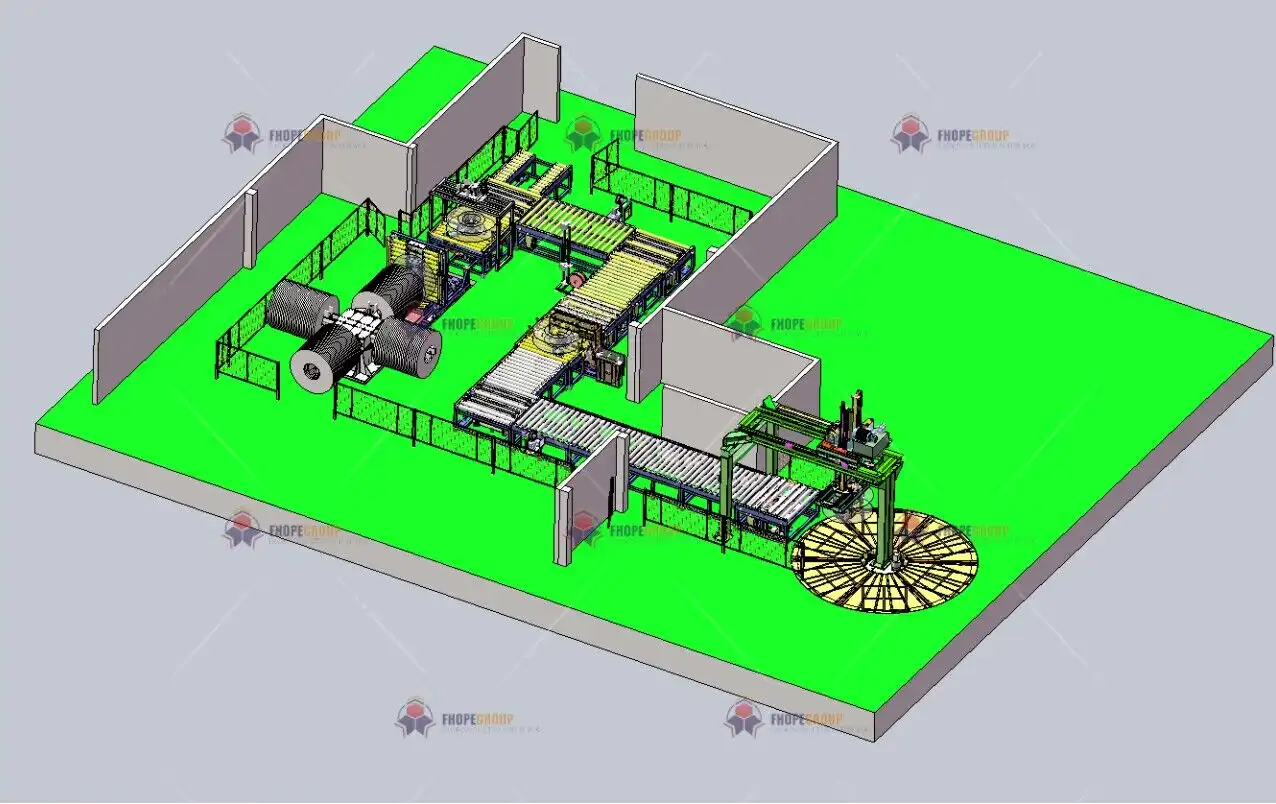
4.2 Creating Operational Bottlenecks
A breakdown in the packing line inevitably creates process bottlenecks. Coils might accumulate before the packing station, potentially disrupting earlier production stages (e.g., slitting, rolling) if storage space is limited. Resources (labor, equipment) may need to be reallocated to manage the backlog or manually handle coils, introducing inefficiencies, increasing handling risks, and further reducing overall plant productivity. Maintaining smooth, uninterrupted flow through the packing line is key to optimizing overall operational efficiency.
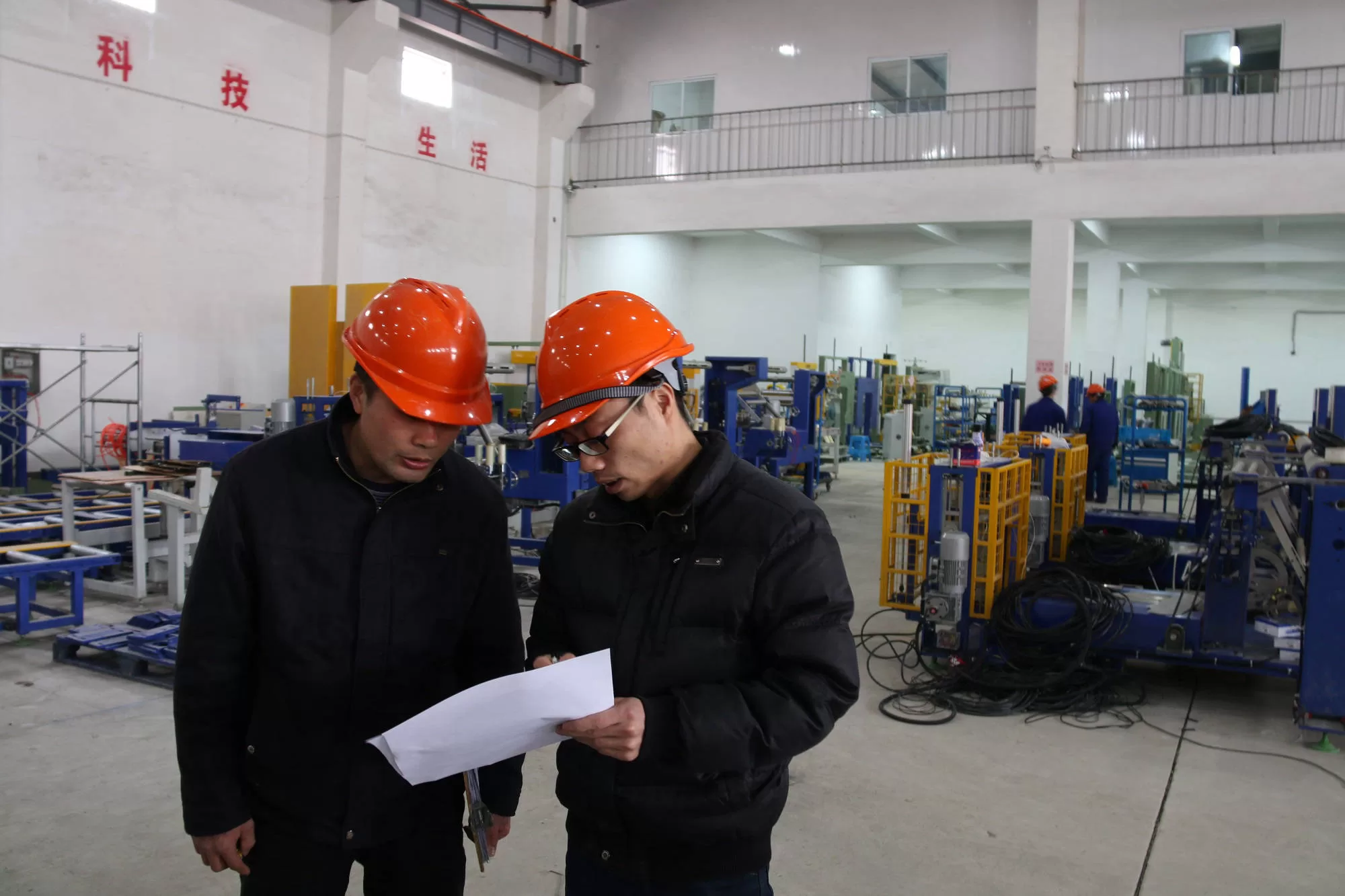
Get Your Best Solution !
5. Leveraging Automation to Reduce Maintenance Needs and Downtime
Modern automation technologies play a pivotal role in optimizing maintenance activities and minimizing disruptive downtime in steel coil packing lines. Advanced systems often incorporate features for self-diagnosis, performance monitoring, and proactive maintenance alerts.
5.1 Predictive Maintenance Enabled by IoT and Sensors
The integration of Internet of Things (IoT) technology allows packing lines to be fitted with various sensors monitoring critical parameters in real-time. These can include:
- Vibration sensors: Detecting bearing wear or misalignment.
- Temperature sensors: Identifying overheating in motors or gearboxes.
- Pressure sensors: Monitoring hydraulic or pneumatic systems.
- Power consumption monitors: Indicating abnormal load conditions.
By collecting and analyzing this data (often using cloud-based platforms or edge computing), businesses can transition from preventive to predictive maintenance (PdM). PdM algorithms can identify subtle anomalies and predict potential failures before they occur, allowing maintenance to be scheduled proactively during planned windows, thus preventing costly unplanned stoppages and extending component life. For more on PdM, consult resources (Note: Add a relevant, stable link here if possible).
5.2 Automated Alerts and System Monitoring
Contemporary automated packing lines often feature integrated Human-Machine Interfaces (HMIs) and control systems with built-in diagnostic and monitoring capabilities. These systems can:
- Track cycle counts or operating hours for specific components.
- Monitor operating parameters against pre-set thresholds.
- Generate automated alerts or notifications (e.g., via email or SMS) to maintenance personnel when attention is needed (e.g., low lubrication level, filter change required, sensor malfunction).
These features ensure that potential issues are flagged promptly, enabling timely intervention and reducing the risk of unexpected failures escalating into major downtime events.
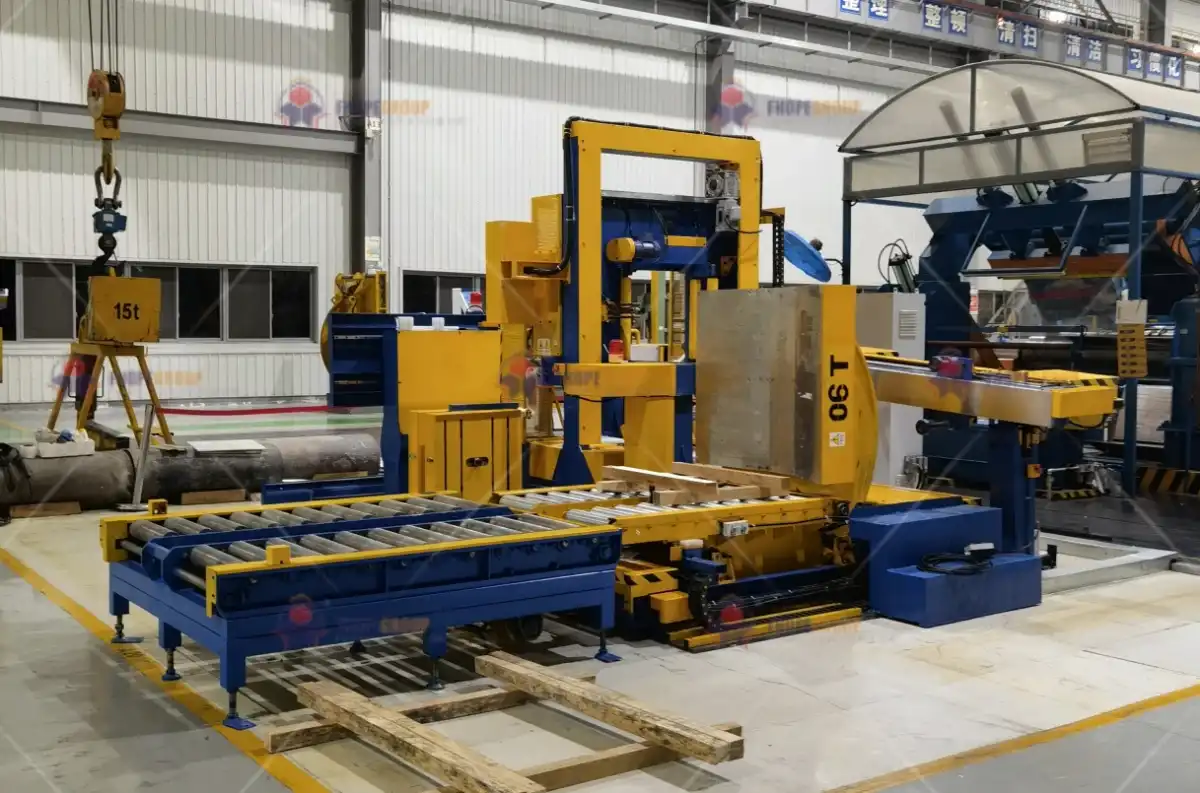
6. The Long-Term Consequences of Inadequate Maintenance
Consistently neglecting or underfunding maintenance on a steel coil packing line leads to more than just intermittent downtime; it inflicts cumulative damage with significant long-term consequences for equipment health, operational performance, and overall business costs.
6.1 Accelerated Wear and Tear and Reduced Asset Lifespan
Without regular lubrication, cleaning, adjustment, and replacement of wear parts, critical components like motors, gearboxes, bearings, chains, belts, sensors, and strapping heads experience accelerated wear and tear. This not only increases the frequency of breakdowns but also significantly shortens the overall useful lifespan of the machine. The initially deferred maintenance costs are eventually dwarfed by the escalating costs of frequent major repairs and the need for premature capital replacement. Furthermore, worn components can pose increasing safety hazards.
6.2 Gradual Decline in Operational Efficiency
A poorly maintained packing line rarely fails catastrophically all at once. More commonly, its efficiency gradually degrades. It might run slower, require more frequent operator interventions, experience higher rates of packaging errors (e.g., loose straps, incomplete wraps), or consume more energy. This insidious decline reduces overall production throughput, increases per-unit packaging costs, impacts product quality consistency, and can lead to missed production targets over time.
Prioritizing consistent, high-quality maintenance ensures the equipment operates closer to its peak design efficiency throughout its intended lifespan, protecting the initial investment and avoiding the compounding costs of neglect.
7. Downtime's Impact on Customer Satisfaction and Business Reputation
The negative effects of packing line downtime extend beyond internal operational metrics and finances; they directly impact customer perception and the company's market reputation. Inconsistent reliability in packing and shipping can lead to missed delivery promises, disrupting customer operations and eroding trust.
7.1 Delayed Deliveries and Potential Lost Business
For customers dependent on reliable, on-time delivery of steel coils (e.g., in manufacturing or construction supply chains), delays caused by packing line downtime can be highly disruptive and costly. Frequent failures to meet agreed-upon schedules can frustrate customers, potentially leading them to seek more dependable suppliers. This results not only in immediate lost sales but can also irreparably damage long-term commercial relationships.
7.2 Damage to Marketplace Reputation
In today's interconnected business environment, reputation is a critical asset. Consistent operational problems, including frequent production or shipping delays stemming from equipment downtime, can quickly tarnish a company's image. Negative word-of-mouth, poor supplier performance ratings, and online reviews highlighting unreliability can deter prospective customers and make it harder to win new business, creating a significant competitive disadvantage.
Minimizing downtime through robust maintenance practices is therefore not just an operational imperative but also a strategic necessity for preserving customer satisfaction and maintaining a strong, reliable market reputation.
8. Effective Strategies for Reducing Downtime in Steel Coil Packing Lines
Actively minimizing downtime should be a core operational objective for any facility utilizing steel coil packing lines. Several proven strategies can be implemented to enhance equipment reliability and ensure smoother, more consistent operations.
8.1 Implementing a Comprehensive Preventive Maintenance (PM) Schedule
As emphasized previously, a structured preventive maintenance program is foundational. This schedule should be based on manufacturer recommendations, operational experience, and potentially condition monitoring data. Key activities include:
- Regular Lubrication: Following specified intervals and lubricant types for all moving parts.
- Systematic Inspections: Visually inspecting key components (belts, chains, hoses, wiring, guards, strapping heads) for wear, damage, or leaks.
- Component Cleaning: Keeping sensors, guides, and critical mechanisms free from debris and buildup.
- Calibration Checks: Verifying the accuracy of sensors, tensioning devices, and positioning systems.
- Timely Replacement: Proactively replacing parts known to have a finite lifespan (wear parts, filters) before they fail.
Adherence to a well-defined PM schedule is the most effective way to prevent minor issues from escalating into major, downtime-inducing breakdowns.
8.2 Investing in Redundancy (Where Justified)
For highly critical operations where any downtime is unacceptable, investing in redundant systems or components might be economically justifiable. This could mean having a parallel backup packing line, or critical spare sub-assemblies (like a complete strapping head) ready for quick swap-out. While requiring significant capital investment, redundancy offers the highest level of operational continuity, protecting against almost all unplanned downtime scenarios on the primary system. A thorough cost-benefit analysis is needed to determine if redundancy is appropriate.
8.3 Training and Empowering Operators and Maintenance Staff
Well-trained personnel are crucial. This includes:
- Operator Training: Educating operators on proper operating procedures, basic troubleshooting steps (e.g., clearing jams safely), recognizing abnormal sounds or performance, and performing routine operator-level maintenance tasks (e.g., basic cleaning).
- Maintenance Training: Ensuring maintenance technicians possess the specific skills needed for the packing line's mechanical, electrical, hydraulic, and control systems. Training should cover PM procedures, diagnostic techniques, and safe repair practices (including lockout/tagout).
Empowered operators who can identify emerging issues early, and skilled technicians who can diagnose and repair efficiently, significantly reduce the duration of any unavoidable downtime.
8.4 Utilizing Real-Time Monitoring and Data Analytics
Leveraging sensor technology and data analytics (as discussed under Predictive Maintenance) provides powerful tools for downtime reduction. Continuous monitoring of parameters like vibration, temperature, pressure, and cycle times can provide early warnings of developing problems. Analyzing historical performance and failure data can help identify recurring issues, optimize PM schedules, and predict component lifespan more accurately, allowing for proactive interventions.
9. The Importance of Spare Parts Management in Minimizing Downtime
Even with excellent maintenance, components will eventually fail or require replacement. Having an effective spare parts management strategy is critical to minimizing the duration of downtime when repairs are necessary. Waiting for parts to be ordered and delivered can turn a potentially short repair into days or weeks of lost production.
9.1 Maintaining an Inventory of Critical Spare Parts
Identifying and stocking critical spare parts is essential. These are parts that: a) Have a high probability of failure or wear. b) Have long lead times from suppliers. c) Would cause extended downtime if they failed and were not immediately available.
Common critical spares for coil packing lines include belts, bearings, sensors, specific motor sizes, strapping head wear parts, PLC components, and essential pneumatic/hydraulic valves. The inventory level should balance the cost of holding stock against the cost of potential downtime.
9.2 Establishing Relationships with Reliable Suppliers
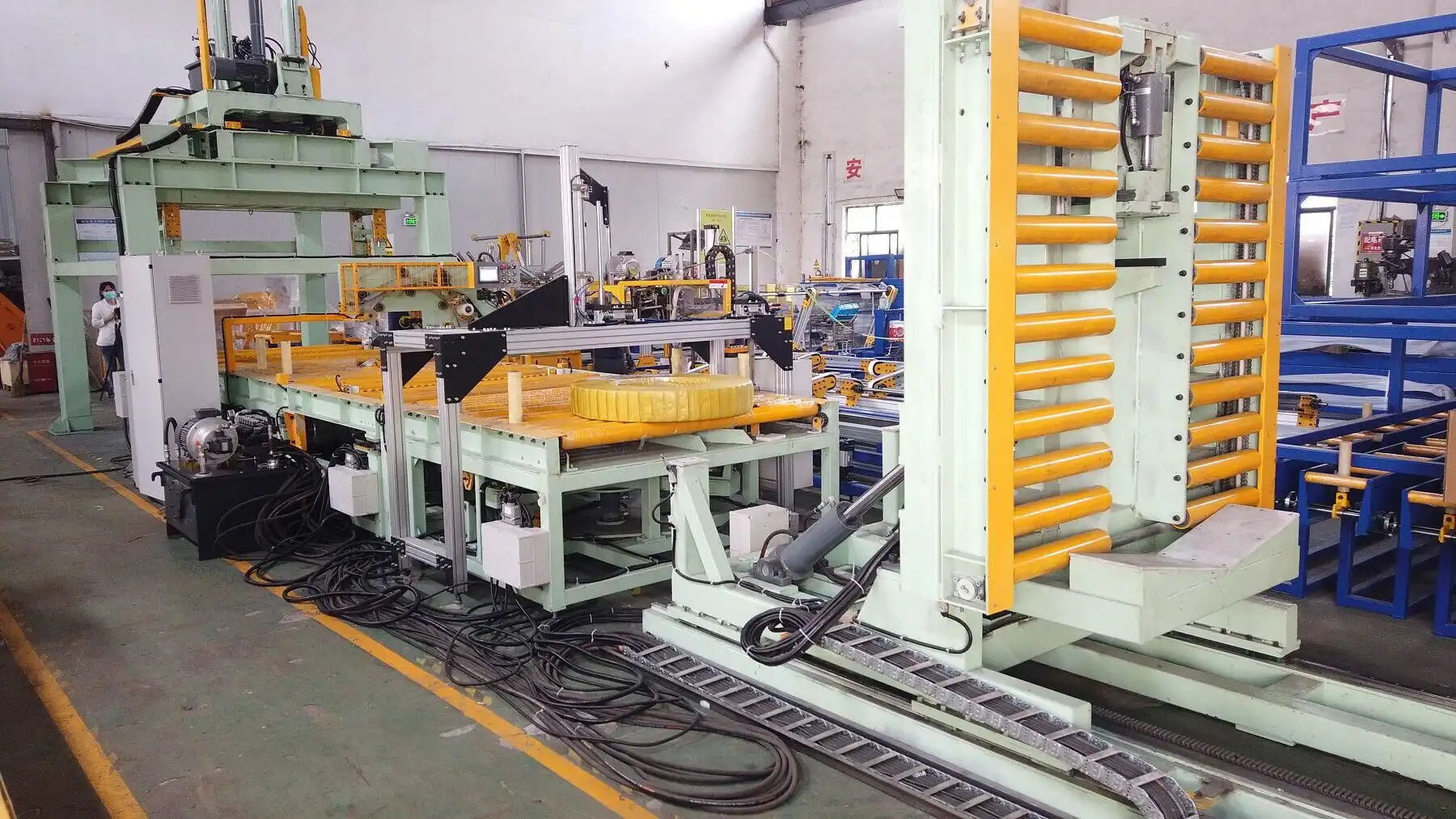
10. Cost-Benefit Analysis: Investing in Maintenance vs. Risking Downtime
Businesses often face the challenge of balancing the budget allocated to proactive maintenance against the perceived savings of deferring these costs. However, a clear-eyed cost-benefit analysis typically demonstrates that investing in robust maintenance practices is far more economical than absorbing the costs associated with frequent or prolonged unplanned downtime.
10.1 Recognizing the Full Spectrum of Downtime Costs
When evaluating the cost of downtime, it's crucial to look beyond just the immediate lost production value. The true cost often includes numerous hidden or secondary expenses:
- Idle Labor Costs: Paying operators and support staff while the line is down.
- Overtime Costs: Required to catch up on lost production once the line is operational.
- Expedited Freight Costs: Incurred to meet customer deadlines after delays.
- Reputational Damage: Loss of customer trust and potential future business.
- Scrap/Rework Costs: Products damaged during the failure event or startup.
- Emergency Repair Premiums: Higher costs for urgent technician call-outs or expedited parts shipping.
- Safety Risks: Increased potential for accidents during breakdown events or rushed repairs.
10.2 Quantifying the Benefits of Proactive Maintenance
Conversely, the benefits of investing in regular, high-quality maintenance extend beyond simply avoiding the costs listed above. They include:
- Increased Equipment Uptime: Maximizing production hours and output.
- Improved Operational Efficiency: Running closer to design speed and minimizing errors.
- Enhanced Safety: Reducing risks associated with equipment malfunction.
- Extended Equipment Lifespan: Protecting the capital investment and delaying replacement costs.
- Predictable Maintenance Budgeting: Smoothing out expenditures compared to volatile emergency repair costs.
- Improved Product Quality Consistency: Ensuring packaging meets specifications reliably.
When these benefits are weighed against the comprehensive costs of downtime, the financial argument for prioritizing preventive and predictive maintenance becomes compelling.
Conclusion
The true cost of ownership for a steel coil packing line significantly exceeds its initial purchase and installation price. Ongoing expenditures related to maintenance, the profound financial and operational impact of downtime, and the efficiency of spare parts management are critical factors determining the total lifecycle cost and overall return on investment.
By adopting a strategic approach that prioritizes robust preventive and predictive maintenance programs, leverages automation and monitoring technologies, ensures effective personnel training, and maintains adequate critical spare parts inventory, businesses can substantially mitigate unplanned downtime. This proactive stance not only protects the bottom line by minimizing lost production and repair costs but also enhances operational efficiency, ensures safety, preserves customer satisfaction, and maintains a competitive advantage in the demanding steel industry marketplace.
Ultimately, recognizing and actively managing the interplay between maintenance investment and operational availability is crucial for achieving long-term profitability and success with steel coil packing line operations.

Get Your Best Solution !